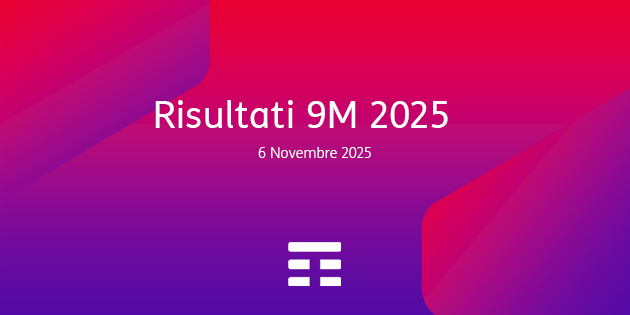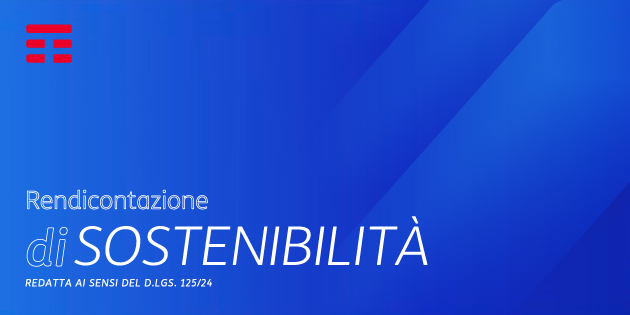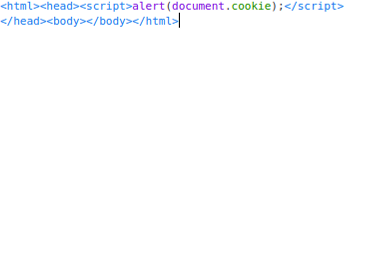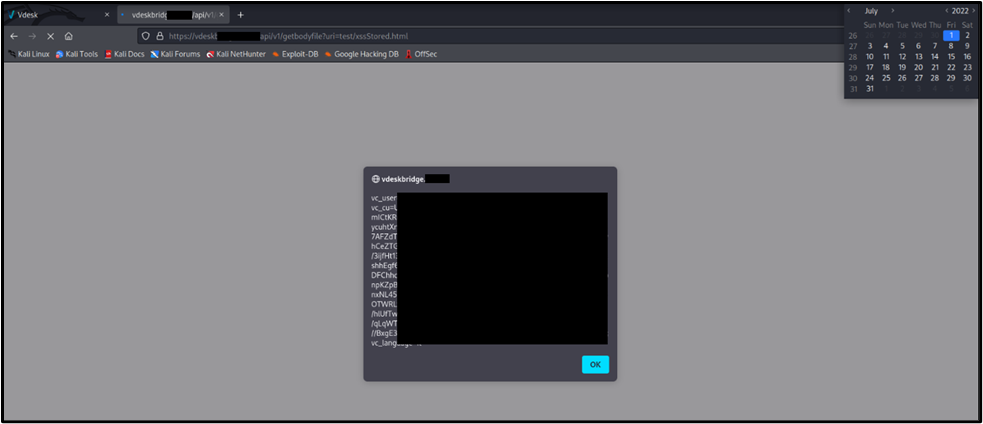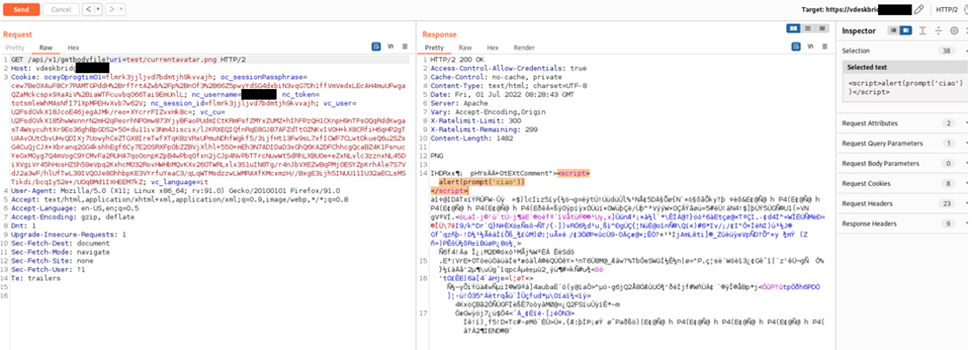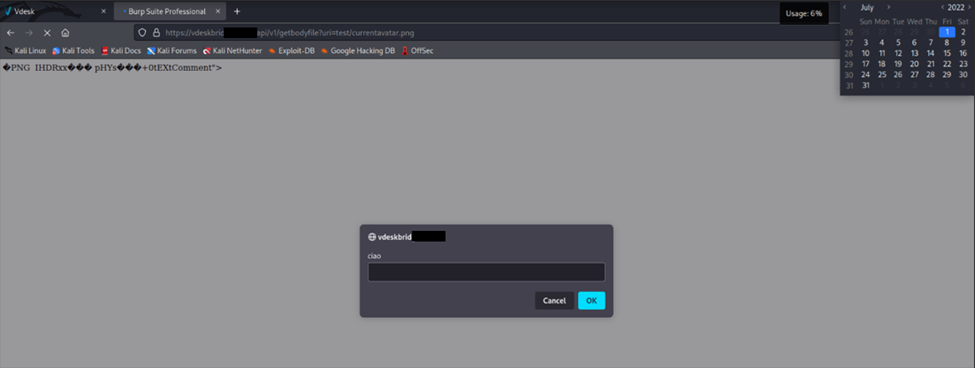Vulnerability Description: Improper Neutralization of Input During Web Page Generation ('Stored Cross-site Scripting') - CWE-79
Software Version: <= v031
NIST: https://nvd.nist.gov/vuln/detail/CVE-2022-45176
CVSSv3: 5.4
Severity: Medium
Credits: Massimiliano Ferraresi, Andrea Carlo Maria Dattola, Luca Borzacchiello, Massimiliano Brolli
Collaboration vDesk through vShare functionality section doesn't check properly the parameters, sent in HTTP requests as input, before saving them in the server. In addition, the JavaScript malicious content is then reflected back to the end user and executed by the web browser.
Step-by-step instructions and PoC
A remote user, authenticated to the Collaboration vDesk web Page, through vShare functionality, can arbitrary upload a malicious file that contains an HTML code, more specifically javascript code inside HTML tags, and share this file to other victim users.
The Web application, in a specific endpoint, does not properly check the parameters into malicious file from clients before is re-included within the HTTP response returned by the application. Due to the lack of validation of user input, allows an attacker to inject arbitrary HTML code and the expected execution flow could be altered.
Affected Endpoints
• URL: https://vdeskbridge.[HOSTNAME]/api/v1/getbodyfile
o HTTP GET Parameter: uri
Below are the evidences with the vulnerability details and the payloads used.
This first step consists to upload a malicious file into vShare section and share it with other victim’s users.

